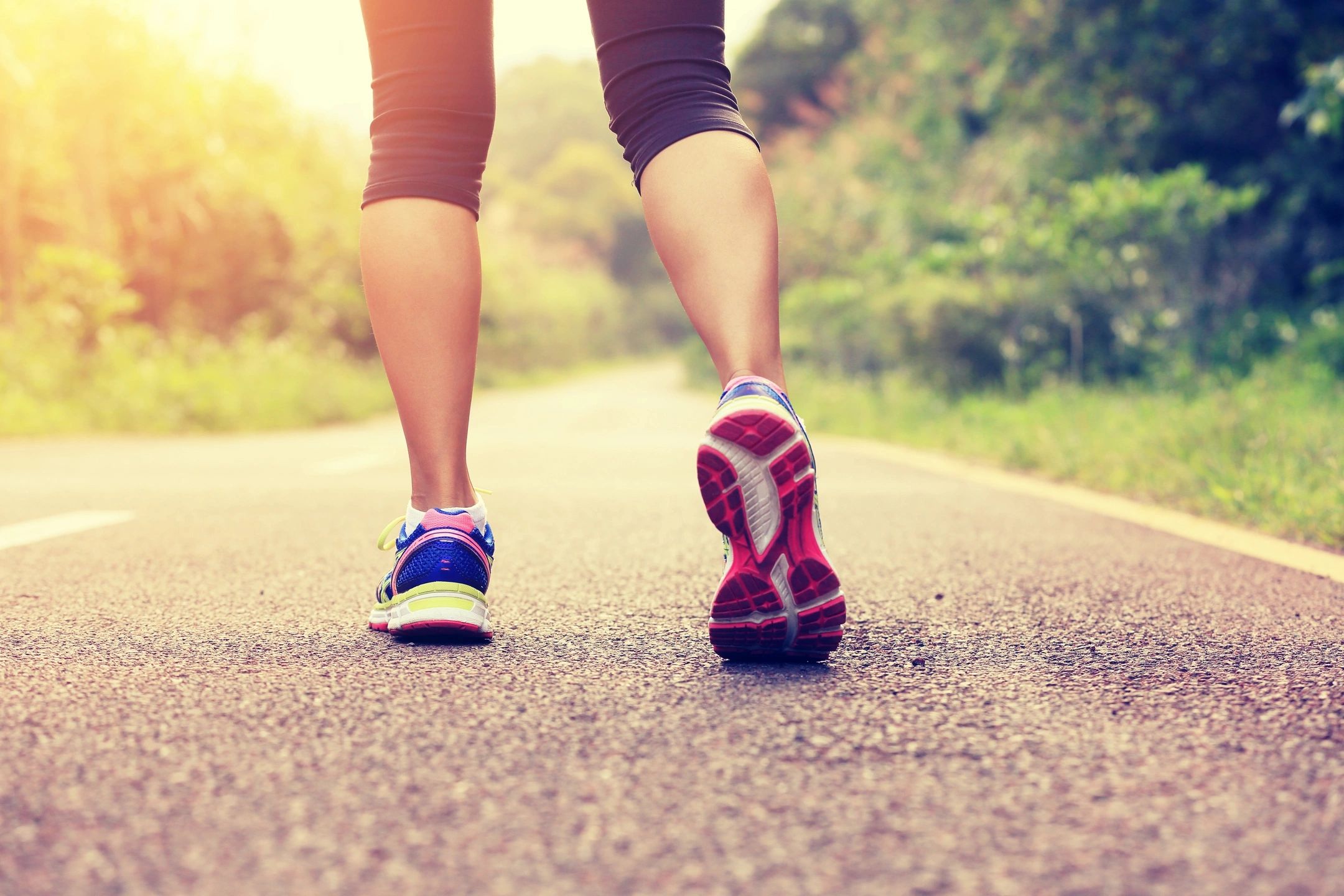Understanding and Addressing Common Circulatory Conditions

Peripheral Vascular Disease (PVD) and Chronic Venous Insufficiency (CVI), also known as Poor Circulation!
Dr. Claire Arcidiacono, ND
Anyone who has ever had to stand for long periods of time knows what it feel like when you start moving around. That tired, cramping and overall discomfort is exactly like the early signs of PVD. When most people call and ask for help regarding poor circulation, what they are referring to is PVD or CVI. Both PVD and CVI are conditions that the earlier that they are addressed the better the outcomes. What exactly are these conditions?
Basically in PVD, what happens is your blood vessels become narrow, blocked or begin to spasm. As this happens, the blood vessel space becomes narrow and there is less room for the blood to flow. Blood flow to an area is thus reduced. This commonly occurs in your legs, arms, stomach, intestines and even kidneys! (1) CVI is very similar in that in this case the veins have trouble returning the blood to the heart and in essence it tends to collect and form a pool of blood. This is very common in the legs for example. In many cases this happens because the blood vessels are so wide that the valves that normally help promote blood upward do not function properly. In both cases our circulation is not up to par and needs to be addressed. (2)
One of the most common symptoms of PVD is called claudication. This is pain in your leg muscles when you are walking fast or for long periods of time. The pain goes away with rest. This pain occurs because the blood flow in reduced to the muscles. As the PVD progresses and gets worse the symptoms will occur more frequently and will take longer to recover from. In addition to pain when walking the legs will also have decreased hair growth. There can also be muscle cramps when lying in bed. The muscle may also start to feel numb or have a “heavy” feeling. If the PVD is in the arms/legs they may turn red /blue or become pale with pale thin skin. There could be ulcers or wounds that either don’t heal or are very slow to heal. The pulse in the feet may start to become weak. You may also notice that your toes become blue and that the toe nails are thick and opaque. I would like to take a moment to say if you suddenly develop a cold, painful pale limb with weak or no pulse that is an emergency! Go to the hospital or call 911. If treatment is delayed there may be severe complications including, amputations! (3) CVI can have similar symptoms but can also include swelling of the legs and the presence of varicose veins. (2)
What are the most common causes of PVD? In some cases blood vessels have an exaggerated response to the environment that causes them to become narrow and thus have poor circulation. For example in Raynaud’s disease stress and temperature can affect blood flow. Other common stressors that can cause the vessels to over react include operating vibrating machines or tools. Certain drugs can also cause this response. Other causes of PVD cause an actual change in the blood vessel. For example atherosclerosis causes the space in the blood vessel to become smaller. Other examples of things that can cause this change in blood vessels are smoking, high blood pressure, diabetes and increased cholesterol. Injuries, inflammation and even infections are all risk factors for poor circulation. CVI is usually caused by standing or sitting all day, having a history of blood clots, and being overweight and female. Pregnancy is also a risk factor. (2)
What are the risk factors that you can look out for? First is having a family history of high cholesterol, high blood pressure or poor circulation. Being over 50 and being overweight can also increase your risk. A lack of physical activity, poor diet as well as smoking and drug use all risk factors as well. In addition to having a family history having a personal history of abnormal cholesterol, diabetes, high blood pressure and heart disease or stroke are all risk factors. Having a history of kidney disease also increases your risk. (4) Standing on your feet all day or sitting at a desk are also a risk factor for poor circulation. (2)
As I stated earlier an early diagnosis is the key to helping prevent complications from poor circulation. If you suspect you have poor circulation it is important to see your doctor. Depending on the medications you need there are a few supplements that studies show can be helpful!
- Root cause – work on incorporating more whole fruits and vegetables into your diet! Increase your activity level. If you work a desk job get up and walk every once in a while. As we go through this series we will address concerns such as blood pressure, and cholesterol. Feel free to check out my series on diabetes! Stopping smoking can also help circulation!
- L- Arginine according the mayo clinic is helping for opening up the blood vessels and can be helpful for circulation. (5) Please see Invite’s L- Arginine!
- Beets according to the American heart association can help with improving circulation! (6) Please see Invite’s Beets Hx
- Grape seed has great potential in helping with circulation according to studies. (7) Please see Invite’s Grape Seed Extract!
- Nattokinase has been found in studies to help with blood clots and blood vessel structure and as a result it helps circulation. (8) Please see Invite’s Nattokinase Plus formula!
- In our product spot light I will be reviewing one of my favorite Invite products for circulation! Veins Hx!
- Peripheral Artery Disease. (n.d.). org. Retrieved from
http://www.hearthub.org/hc-peripheral.htm - https://www.pennmedicine.org/for-patients-and-visitors/patient-information/conditions-treated-a-to-z/venous-insufficiency#:~:text=Chronic%20venous%20insufficiency%2C%20or%20CVI,sometimes%20occurs%20in%20the%20arms.
- https://familydoctor.org/condition/peripheral-arterial-disease-and-claudication/?adfree=true
- https://www.healthline.com/health/peripheral-vascular-disease#symptoms
- https://www.mayoclinic.org/diseases-conditions/high-blood-pressure/expert-answers/l-arginine/faq-20058052#:~:text=The%20body%20changes%20L%2Darginine,who%20have%20a%20true%20deficiency.
- https://www.heart.org/en/news/2023/02/22/give-me-a-beet-why-this-root-vegetable-should-be-on-your-plate#:~:text=Beets%20are%20high%20in%20nitrates,people%20to%20stay%20active%20longer.
- https://journals.lww.com/md-journal/fulltext/2022/11180/pilot_study_on_the_effect_of_grape_seed.38.aspx
- https://www.webmd.com/diet/health-benefits-nattokinase
